What is Palmarosa essential oil?
Palmarosa essential oil is extracted from the leaves of Cymbopogon martinii, a species of grass related to lemongrass and lemongrass.
The oil is extracted from the leaves by steam distillation and is known for its soft, floral fragrance with hints of rose and citrus.
Palmarosa oil is often used in aromatherapy because of its versatile properties, including its soothing and skin-nourishing effects.
It has a long history of use in Ayurvedic medicine and is also often added to natural perfumes and cosmetics.
How do you use Palmarosa essential oil?
Palmarosa essential oil can be used in a variety of ways, depending on its intended application.
For aromatherapy, the oil can be vaporized in a diffuser to create a soothing atmosphere in the home.
As a skin care product, it can be diluted with a carrier oil, such as jojoba or almond oil, and applied directly to the skin.
This can help moisturize the skin, reduce scarring and balance sebum production.
In addition, Palmarosa oil can be added to bath water for a relaxing bath or to a homemade lotion for extra hydration.
Always be sure to dilute the oil well for topical use to avoid irritation.
Palmarosa essential oil properties
Palmarosa essential oil is known for its antibacterial, antiviral and antifungal properties, making it an excellent choice for skin care and natural remedies for infections.
In addition, the oil has moisturizing and regenerating properties, making it useful in treating dry skin, wrinkles and skin irritations.
Palmarosa’s calming and relaxing properties can help relieve stress and anxiety, making it useful in aromatherapy as well.
In addition, due to its stimulating effect on cell renewal, it can help heal wounds and scars.
The oil is also known for its insect repellent properties, making it a useful addition to homemade insect sprays.
|
Feature |
Details |
|
What is it? |
An essential oil extracted from Cymbopogon martinii, a species of grass. |
|
Usage quantity in soap |
0,5% – 2% |
|
Usage amount in skin care products |
0,1% – 1% |
|
Usage amount in hair care products |
0,5% – 2% |
|
In what well-known products is it used? |
Perfumes, creams, lotions, soaps, hair oil |
|
What are the advantages in formulations? |
Moisturizing, antibacterial, skin regenerating |
|
Free radical quantity |
Low |
|
Antioxidant quantity |
High |
|
Anti-inflammatories quantity |
Moderate |
|
Fatty acids quantity |
Very low |
|
INCI |
Cymbopogon Martini Oil |
|
Saponification value in NaOH |
0,139 |
|
Saponification value in KOH |
0,195 |
|
CAS |
8014-19-5 |
|
EINCS number |
283-461-2 |
|
Customs tariff HS code |
3301.29.41 |
|
How is it harvested? |
Manual harvesting of grass for distillation |
|
Production method |
Steam distillation |
|
What is the production process? |
The grass is steamed and the oil is extracted via distillation |
|
Color |
Bright to pale yellow |
|
Viscosity |
Thin, watery |
|
Provenance |
India, Nepal, Brazil |
|
Fragrance |
Sweet, floral, with hints of rose and citrus |
|
Absorption rate |
Quick |
|
Rated melting point |
N/A (liquid at room temperature) |
|
Similar oils |
Geranium, Rosewood, Lemongrass |
|
Storage and shelf life |
Store cool and dark, shelf life up to 2 years |

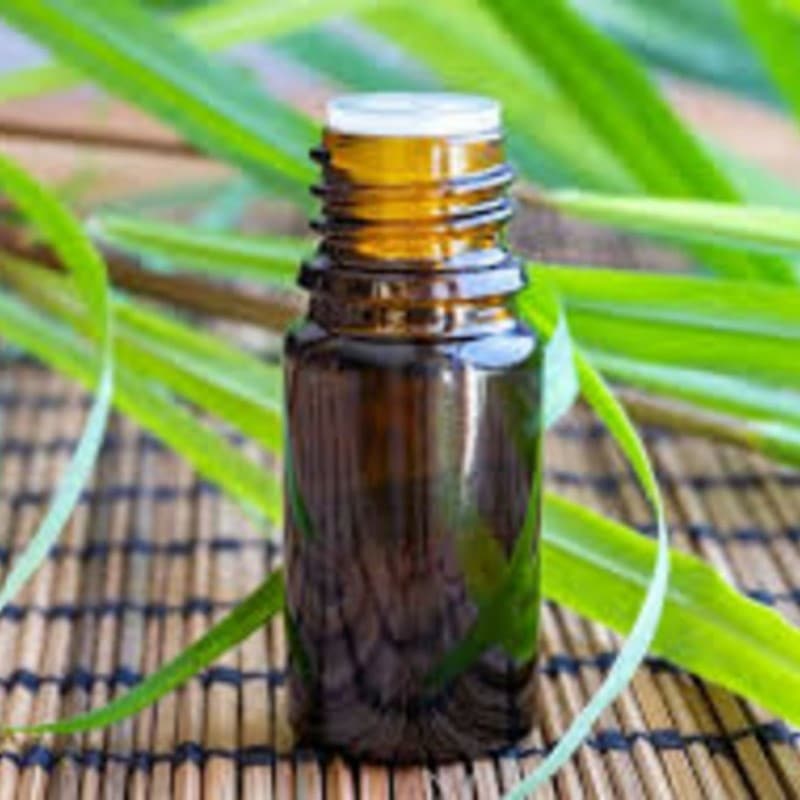

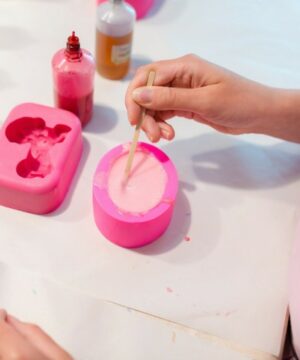
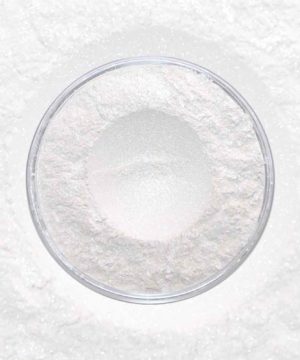
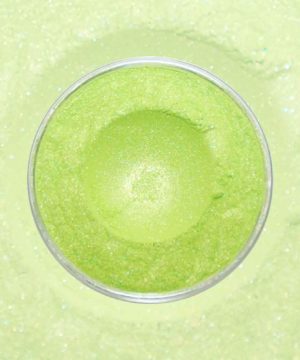
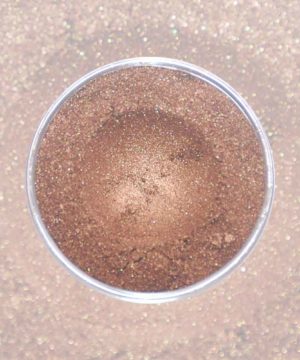
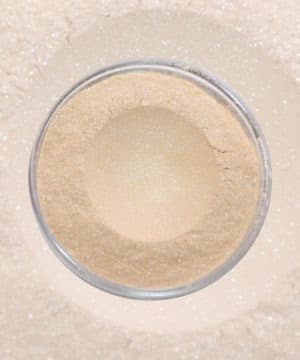
Reviews
There are no reviews yet.